Best Spots to See Wildlife in the Adirondacks: Top Places to Explore
The Adirondacks are home to a vast and diverse ecosystem, offering visitors a chance to see a wide array of wildlife. Keep reading for info on the best spots to see wildlife in the Adirondacks, and scroll to the bottom for tips on how to improve your odds of seeing these magical creatures.
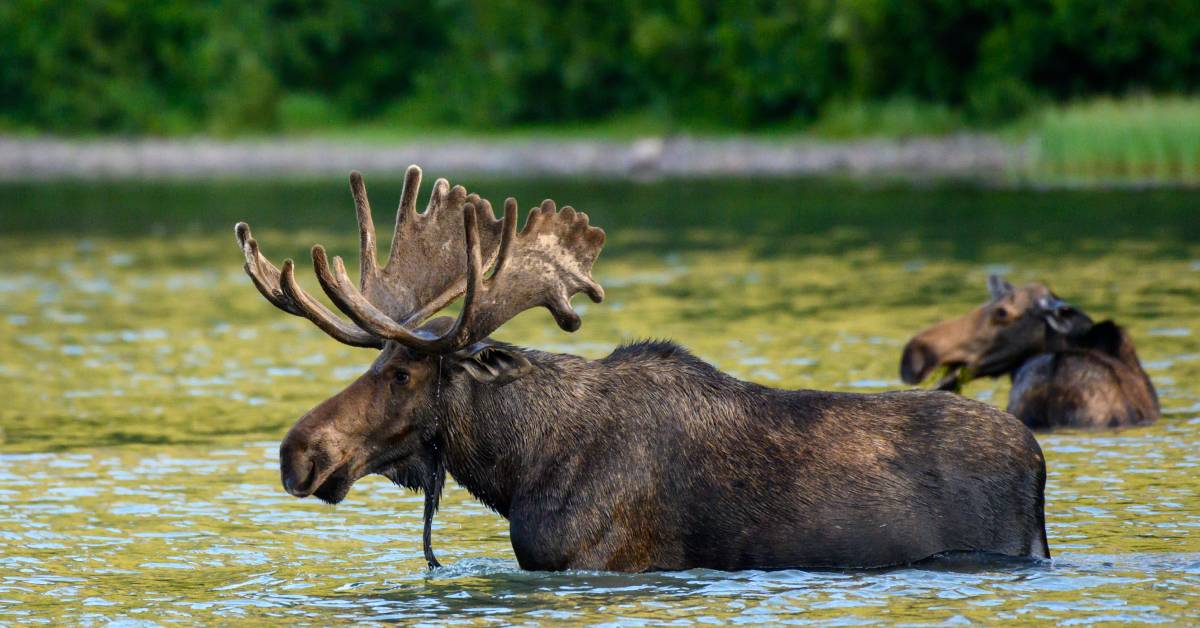
It's important to note: There are no guarantees when it comes to spotting animals in the wild, especially moose - visitors to the Adirondack Park always want to see a moose, but they are elusive! Even locals who regularly hike, hunt, fish, or camp in the area don't see often see them.
That being said, visiting the below top wildlife spots can increase your chances of an encounter with some of the Park's most iconic animals, like moose, bears, beavers, and birds.
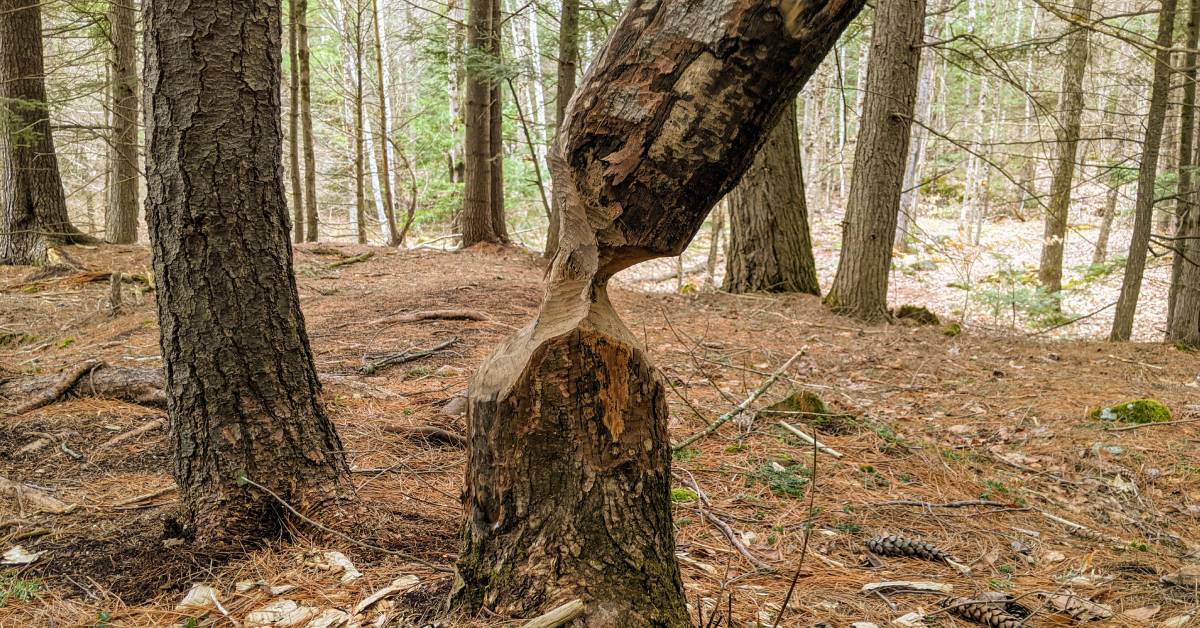
Amy’s Park in Bolton Landing
- Wildlife: Beaver activity, various birds, and wetland species
- Details: This park is known for its active beaver ponds, making it a great spot to witness beaver behavior. It’s also a haven for birdwatching, with a variety of species found in the wetlands.
Paul Smith’s College VIC in Paul Smiths
- Wildlife: Moose, beavers, otters, birds
- Details: This Visitor Interpretive Center offers hiking trails that wind through wetlands, forests, and ponds, which are prime habitats for wildlife. Visitors may spot moose, beavers, otters, and a variety of bird species.
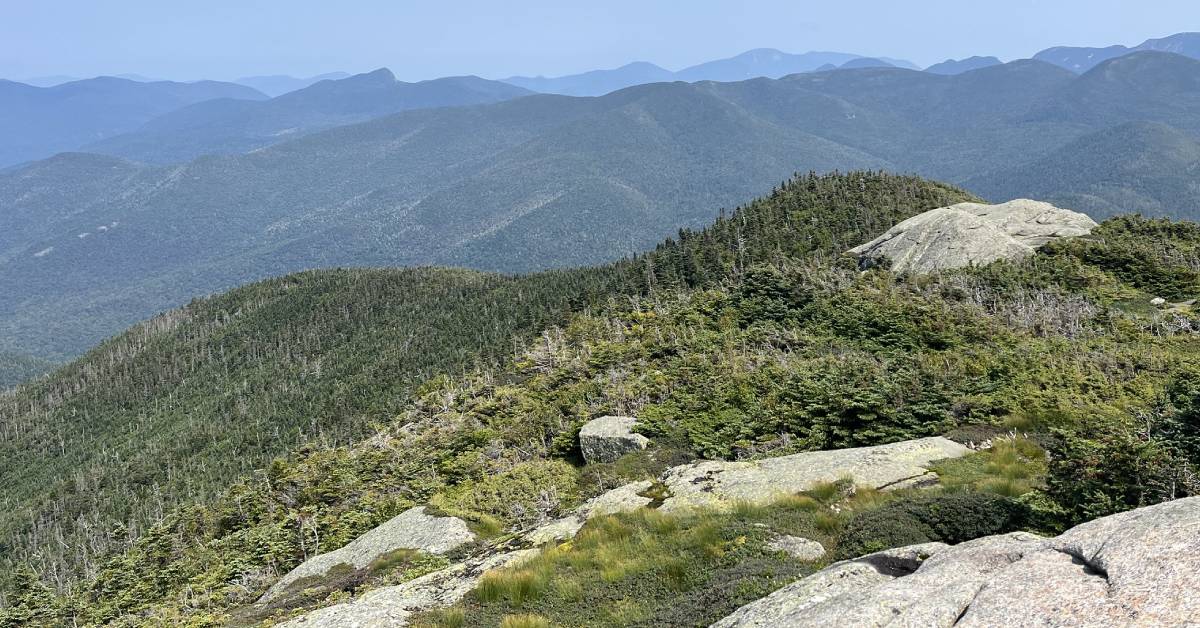
High Peaks Wilderness Area in North Elba, Keene & Surrounding Areas
- Wildlife: Moose, deer, black bears, various bird species
- Details: Popular spots like Lake Colden and Marcy Dam are fantastic for spotting moose, deer, and black bears. Hiking through these dense forests and along the lake shores can provide excellent wildlife viewing opportunities.
Raquette Lake in Raquette Lake
- Wildlife: Loons, turtles, eagles, moose
- Details: Visitors can enjoy kayaking and hiking in this scenic region, where wildlife sightings are common.
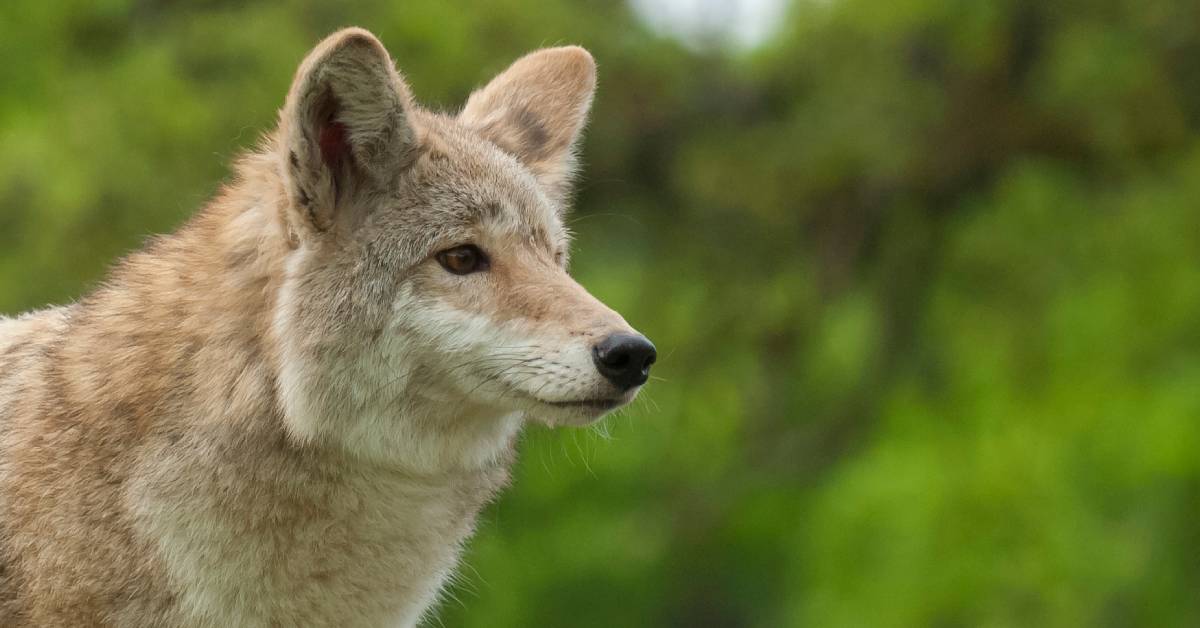
Moose River Plains in Inlet
- Wildlife: Moose, deer, coyotes, various birds
- Details: A great area for backcountry hikers and wildlife photographers, the Moose River Plains is a less trafficked area that’s ideal for those looking for a more secluded experience.
Indian Lake
- Wildlife: Migratory waterfowl, birds of prey, turtles
- Details: Surrounded by marshes and wetlands, Indian Lake is perfect for birdwatching.
Brown’s Tract Pond in Raquette Lake
- Wildlife: Beavers, moose, waterfowl
- Details: This accessible, quiet spot is ideal for kayaking and birdwatching, where visitors can enjoy a tranquil wildlife experience.
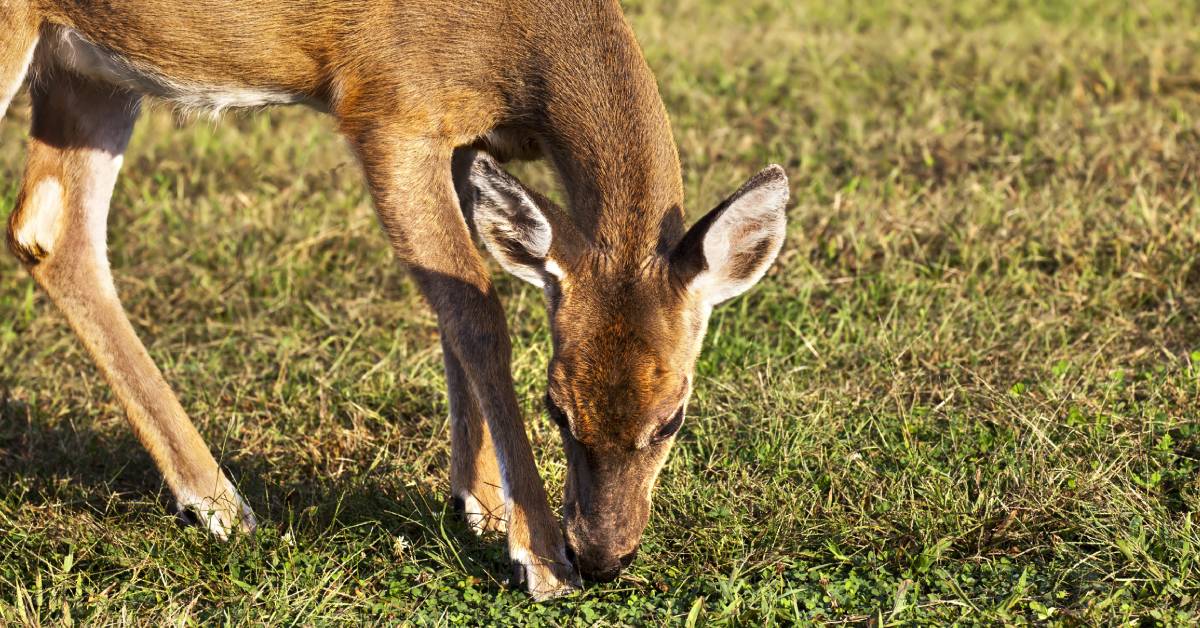
Hammond Pond Wild Forest in Ticonderoga
- Wildlife: Moose, black bears, beavers, coyotes, otters, deer, bats, eagles, great blue herons, other birds
- Details: This area features dense woods, wetlands, and streams that are home to a variety of animals.
Essex Chain of Lakes in Minerva & Newcomb
- Wildlife: Moose, black bears, deer, loons, eagles
- Details: A remote wilderness area, this is an excellent spot for spotting large wildlife, as well as loons and eagles.
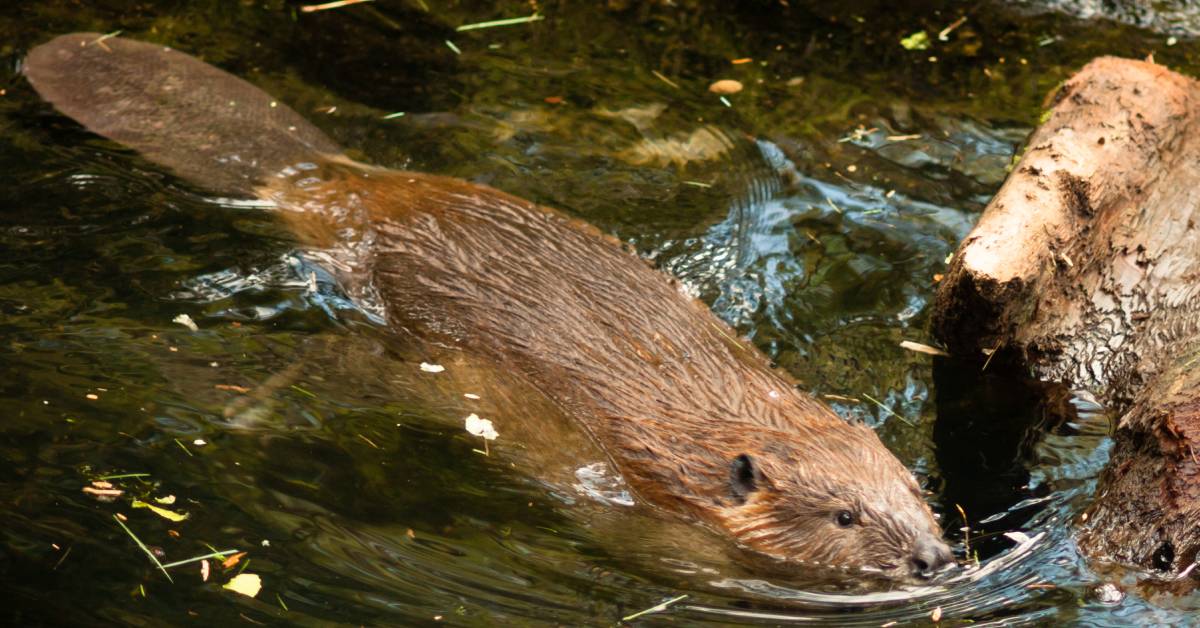
Palmer Pond in Newcomb
- Wildlife: Beavers, waterfowl
- Details: The beaver lodges are often easy to spot along the shore of Palmer Pond, and the area is a serene spot for nature lovers.
Lake George Wild Forest
- Wildlife: Moose, deer, various birds
- Details: Spanning the area on both sides of Lake George, the Lake George Wild Forest offers numerous opportunities for wildlife sightings, especially near the shores and in more remote areas.
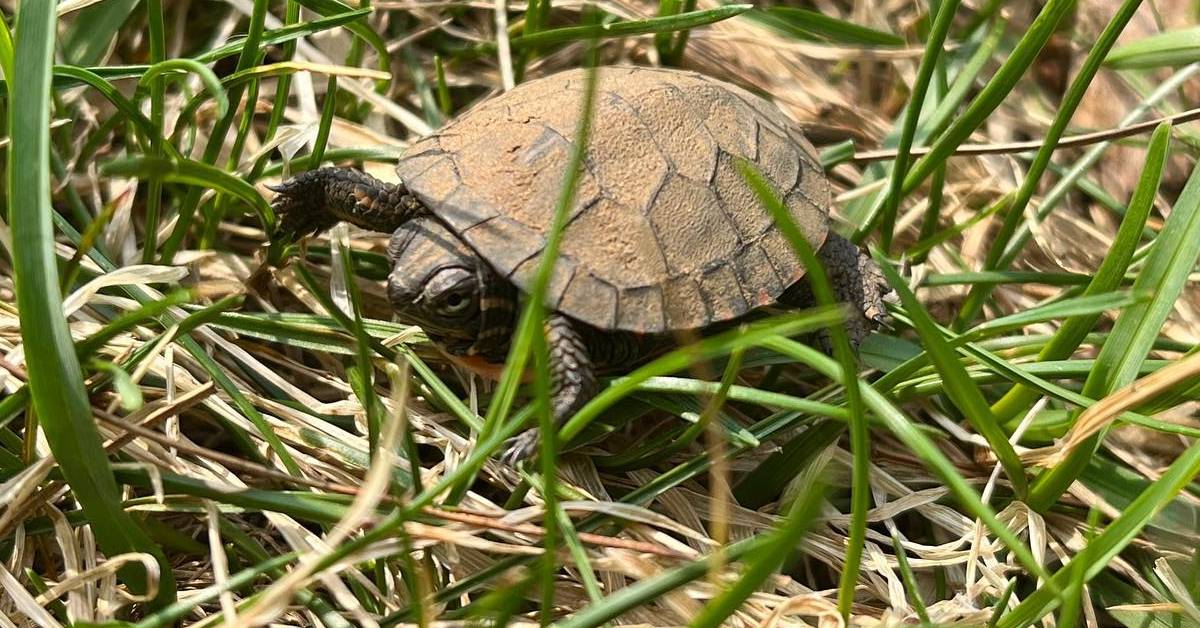
Ausable Chasm & Ausable Chasm Wildlife Management Area
- Wildlife: Deer, raccoons, porcupines, waterfowl, turtles
- Details: Ausable Chasm has walking and hiking trails where you're likely to see wildlife and native flora. The Ausable Marsh Wildlife Management Area, close to the attraction, is home to black bears, great blue herons, ospreys, bald eagles, beavers, and snapping turtles. There is a viewing platform.
Saranac Lake
- Wildlife: Moose, black bears, deer
- Details: Surrounding the Saranac Lakes, visitors can explore thousands of acres of wild forests and enjoy opportunities to see animals.
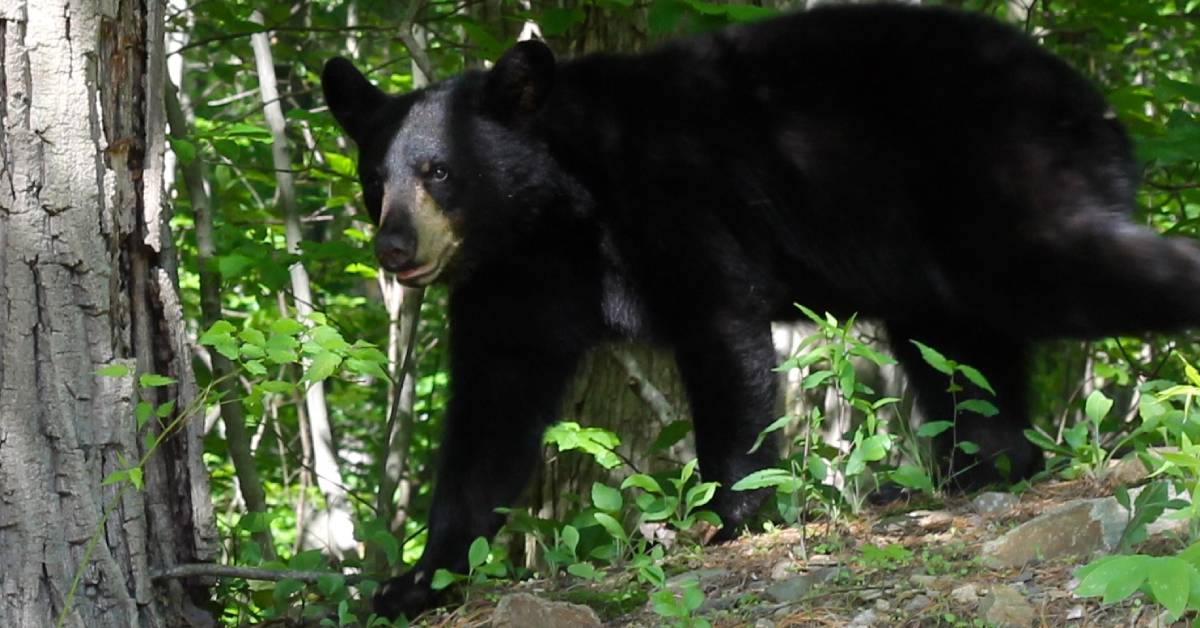
Lake Abanakee
- Wildlife: Bald eagles, moose, black bears, deer
- Details: A popular location for birdwatching, Lake Abanakee also offers opportunities to spot moose, black bears, and deer, especially for those exploring by kayak or canoe.
Lake Lila
- Wildlife: Moose
- Details: Known for sightings of moose, especially near the lake and along nearby roads, Lake Lila is a remote, serene spot that offers prime wildlife viewing.
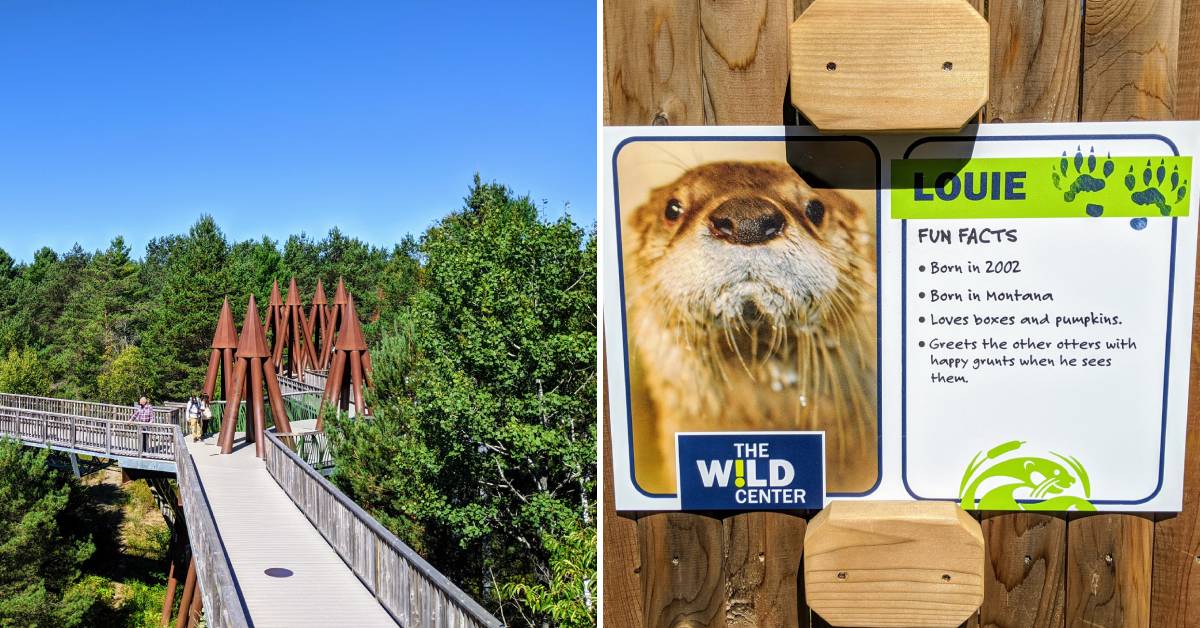
Bonus Spot: The Wild Center in Tupper Lake
- Wildlife: Otters, beavers, waterfowl, various birds
- Details: You can see otters and other animals at The Wild Center through their incredible exhibits. The center also has a tree canopy walk, offering a unique perspective of the Adirondack ecosystem. It's an excellent spot for families and those who want to learn more about Adirondack wildlife.
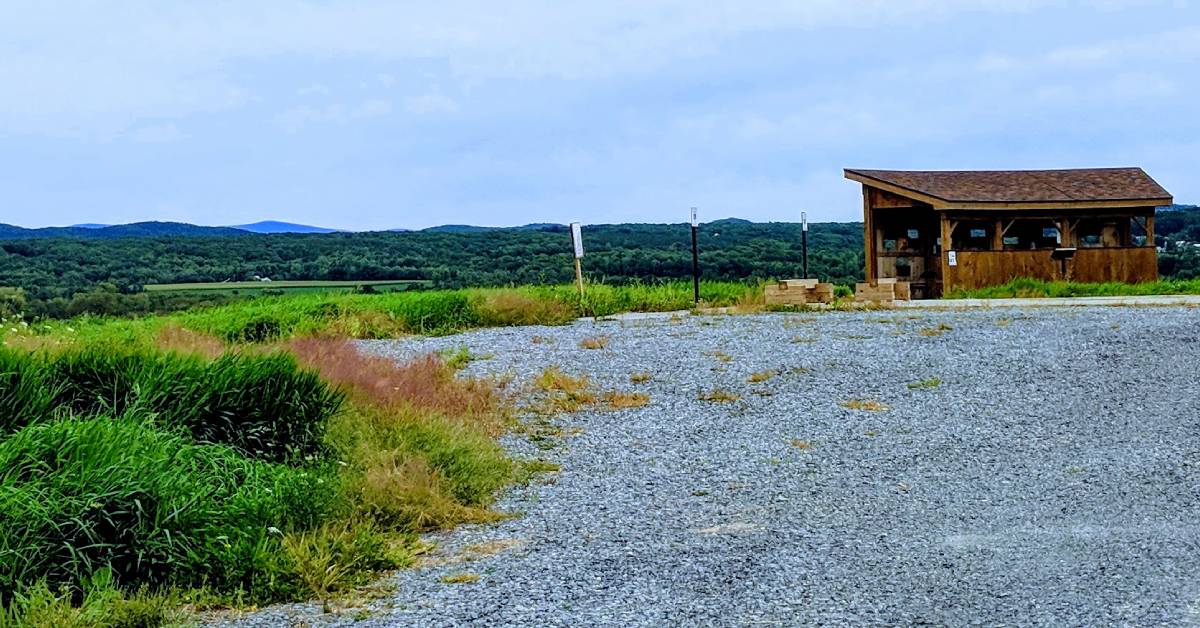
Bonus Spot: Washington County Grasslands Wildlife Management Area
- Wildlife: Migratory birds
- Details: While technically outside of the Adirondack Park, the viewing platform at the Washington County Grasslands offers an excellent spot for birdwatching.
Note: The Adirondack Wildlife Refuge in Wilmington, which could be another Bonus Spot, is closed to public visits as of January 9, 2025. Visitors are still able to use hiking trails.
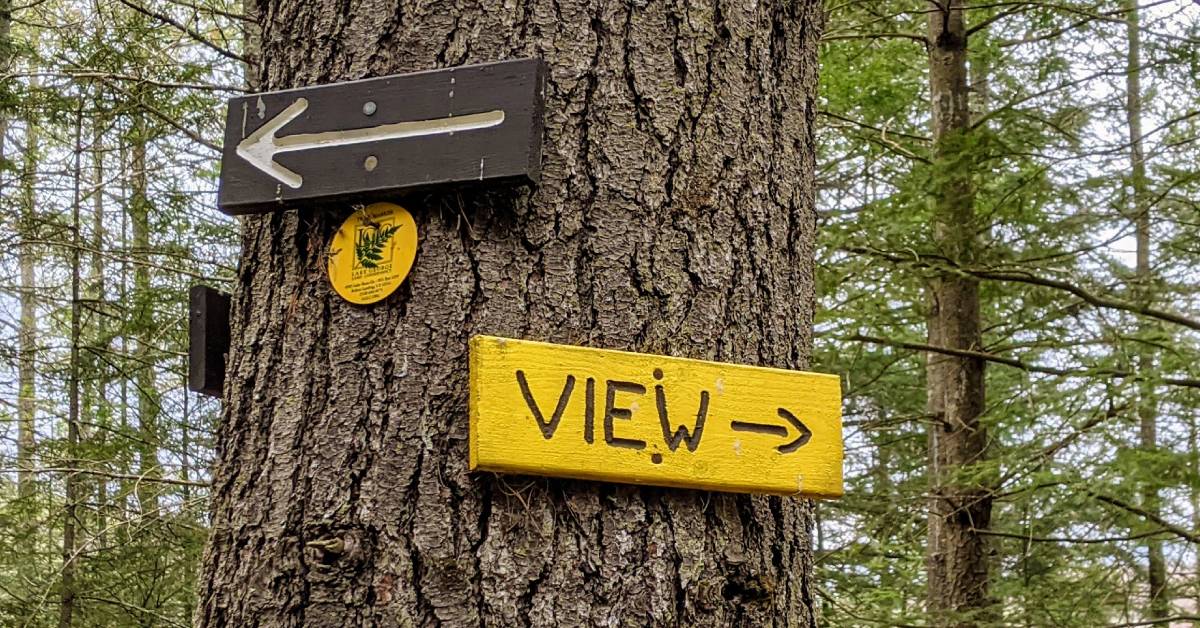
10 Prime Tips & Guidelines for Wildlife Viewing in the Adirondacks
1) Go at dawn or dusk when many animals, like moose, are more active, but there is still enough light for visibility.
2) Stay quiet and move slowly. Loud noises or sudden movements can scare animals away.
3) Bring binoculars or a telephoto lens, to better view wildlife from a safe distance.
4) Respect the wildlife and keep your distance. Getting too close can make them feel stressed or threatened.
5) Know the best spots for wildlife - start with one of the above places!
6) Look for signs of wildlife like tracks, droppings, or chewed vegetation, to give you a better indication of where creatures might be.
7) Dress in earth-toned clothing to better blend into the environment and avoid startling animals with bright colors (and wear comfortable shoes).
8) Be patient - remember, wildlife viewings are never guaranteed, and animals can be elusive. Sometimes staying still in once place can increase your chances.
9) Do not feed the animals - this can be incredibly harmful and make them dependent on humans.
10) Consider going with a guide - hiring a local guide or joining a wildlife tour ensures you'll have an expert leading you to the best places for viewing animals safely.
Make sure you leave no trace >>
